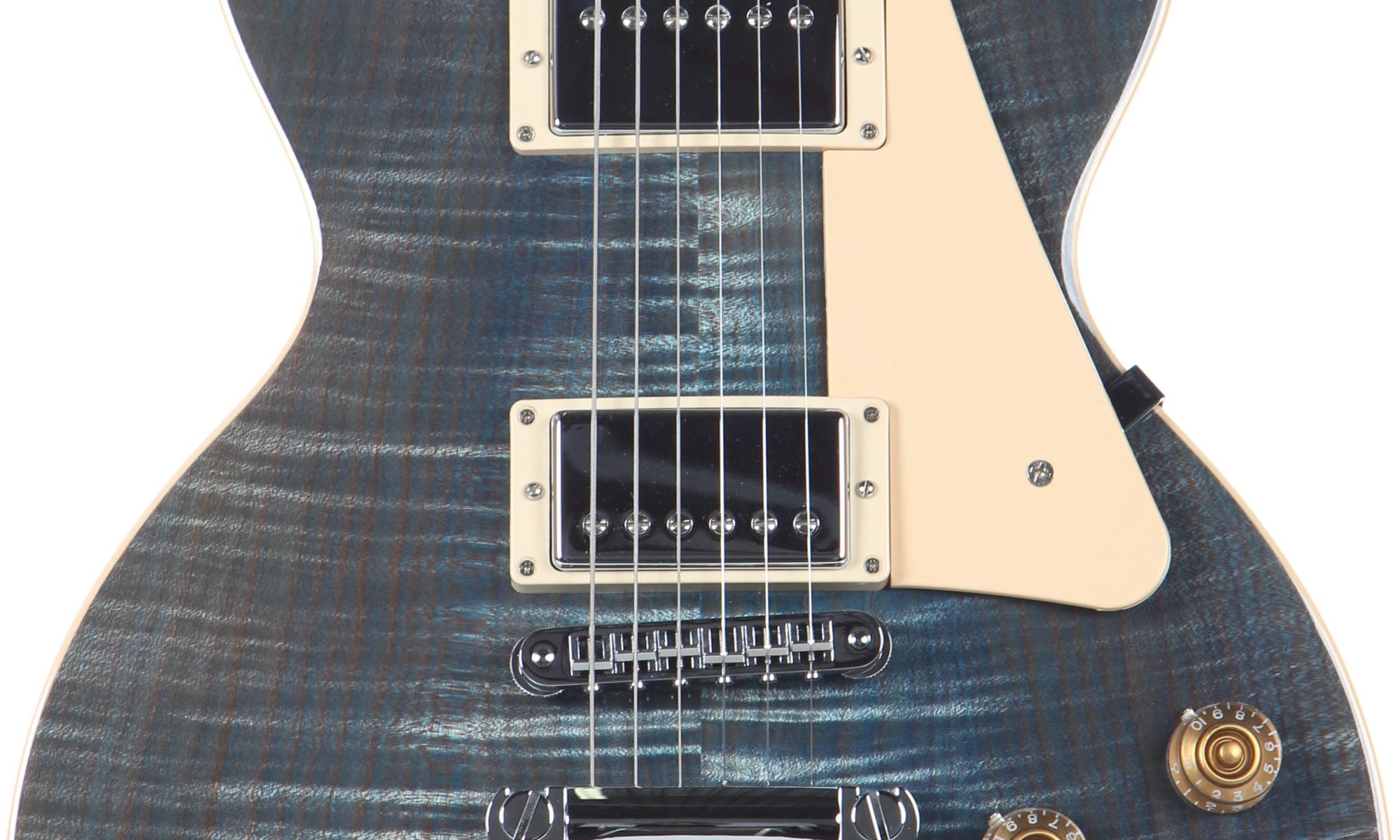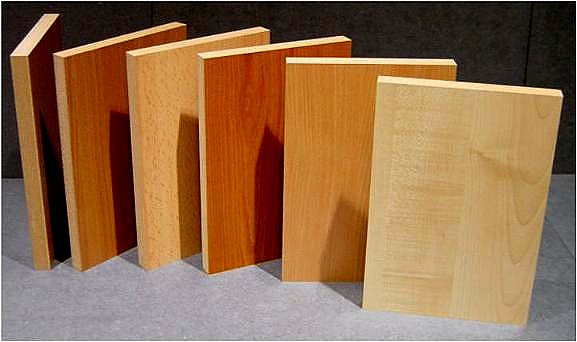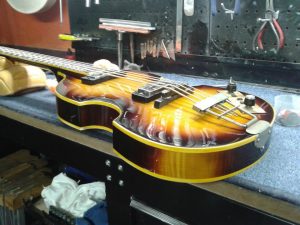I recently had the great fortune to take a closer look at a 2014 Gibson 120 year anniversary CE custom. This sorcery that Gibson did to create such an unparalleled universe in tradition/modern technology is of another worldly specimen.
My personal view reflect the struggles I find in Gibson’s workforce in the 2013-2016. To me at least there seem to be a lot of new workers at the Gibson Factory, My reasoning for this bolt statement is captured in the lack of detailing, care that was associated with Gibson for so many years. The other question might be, whether Gibson just made too many guitars per day, and whether the employees felt proud to be working for such a giant in the industry.
These statements are quite big and may be seen as negative, when in fact, we have to remember that we have gone through an enormous change in precision from 2005. Most factories started to streamline process. Gibson did the same. Gibson got one of their game changers (the Plek Machine) in 2006.This machine help any guitar building company to fine-tune the nut saddles and fretwork, by making the distance equal to a mathematical optimization, that induce a great playing guitar. Before this era the nut was cut by hand, the fret leveling and crowning and relief was all done by hand. This 120 anniversary has been made with the same tools and process before the plek, and before electronic boards. They mixed it up by using a new material for the fret board, called Richlight.
It seems to me, and this again is just my humble opinion, that maybe because of Gibson’s success, they were running out of old stock that was piled up for many years. Why use richlight instead of ebony. Could it be that the ebony at that time was not as stable as what they used to have?
Going through this anniversary Gibson, made me sad and happy all at once. The attention to detail is not there. But the feel and sound just blew me away.
Here are some problems
Nut work:
The nut Spacing is cut right on the edge, its borderline perfect, With E A and B 0,001mm too low. By adjusting the neck relieve, that buzz disappear just enough to not be noticed by a great player.
Fretwork:
The frets are flat on top and the plastic cut outs of the binding is square instead of rounded with the crowning that might have been skipped. There are uneven frets, and lots of tool marks in the frets and on the fretboard.
Finish:
It looks like the finish wasn’t sanded between buffing. There are dust problems on the neck, that needed to be flattened (Wet sand). On the bottom part of the back, there are some air bubbles on the finish that are associated with silicone contaminants.
Hardware Placement and fitting:
The parts that needed to be fitted like the jack plate are not lining up. The back plate is not in the right place. The gap is bigger on the one side. All of these things suggests speed of work and/or lack of care/ability?
In conclusion think this guitar is one of the best Gibson’s I have ever played, it sounds amazing. Nit picking about things that are only visual is perhaps more to do with us as a society that are obsessed with perfection, rather than a reflection on the greatest guitar design in the world.






